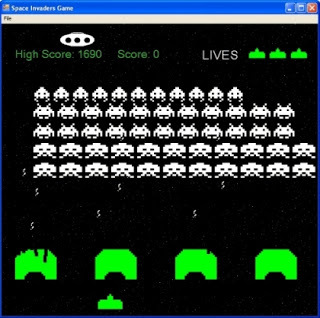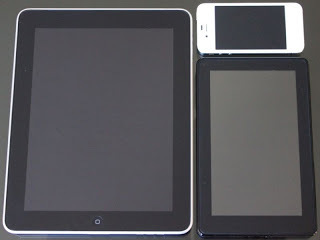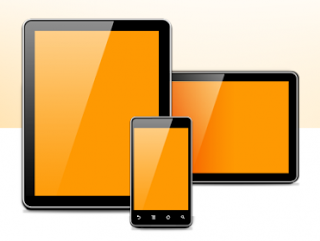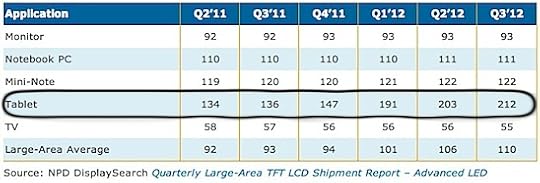Tablet Display Resolution Soon To Increase

With pixel density set to multiply in the next generation of e-reading devices, several questions face today's ebook designers with regards to visual content. Much like the early days of video games, today's digital comics and illustrated novels face quick extinction as display technology outpaces the ability of content to keep up. By the time a fixed layout ebook is formatted and finalized today, tomorrow's devices will improve and render it outdated within a year of its release. This is true not only of the reading devices themselves - which have a virtually built in obsolescence date of twelve months between generation waves - but now for a particular segment of the content spectrum as well: any images formatted to render correctly on today's e-reading devices will be horribly outmoded by this time next year.

This may seem a bit extreme until you consider that an ebook cover image formatted to fill the screen of an iPad 2 at 132 pixels per inch will cover only half that space on the iPad 3's projected 264 ppi display. That is, given the same 9.7" display size, an image 768x1024 pixels in size will completely fill the screen of the iPad 2 today, but on next year's 2048x1536 iPad 3 display, that same cover image or illustration will leave over half the screen empty - or zoomed to twice its resolution, rendering it grainy and pixelated, just like ancient Space Invaders. Illustrations embedded amidst reflowable text will suddenly become swamped in a sea of words, their detail all but indistinguishable due to their smaller size.

And Apple isn't the only device platform planning a pixel explosion in the coming year: Android tablet manufacturers are said to be ramping up production of 1920x1200 ppi displays, many of them believed to be destined for Amazon's next gen full size tablets, which various reports place at either 8.9" or 10.1" (or both). This poses critical problems for graphic ebook designers. With these increased screen specs comes demand for higher resolution images, and with it increased file size. With Amazon enforcing a .15 cent surcharge per megabyte on ebook sales this is no small consideration for heavily illustrated works such as photo collections or cookbooks, not to mention comics and graphic novels. In order for an illustrated ebook created today to still be viewable with its same design layout on tomorrow's tablets images nearly twice their current standard size need to be embedded; otherwise we'll all be viewing mini-mebooks.

Tablet pixels-per-inch average set to increase in coming quarters

Published on December 02, 2011 07:14
No comments have been added yet.



